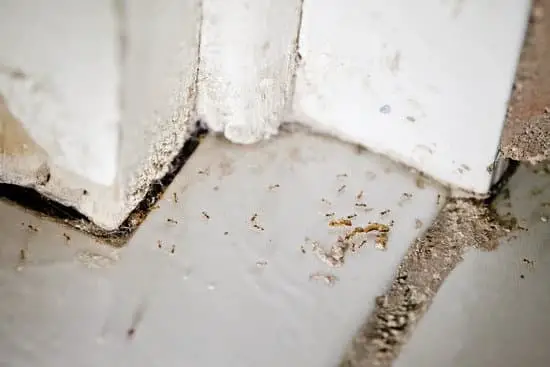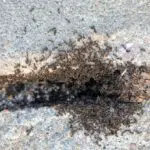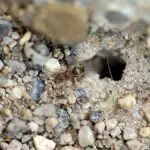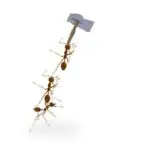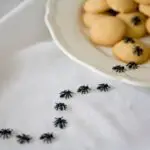Are Most Ants Male Or Female?
Almost all ants are female, although male social insects do exist. Ants are a part of the Hymenoptera family, which includes wasps, flies and bees. A single queen builds a colony and produces hundreds of thousands of offspring.
Ants have two female castes: the worker and the reproductive. The worker ants are the foundation of any colony and care for the queen and the young. They scavenge for food and bring it home for the colony.
Workers usually live two to three years. Then the next generation of reproductives will begin the process of building new colonies. Ant colonies typically have three females for every male. Occasionally, a colony will have both male and female reproductives, doubling up on the number of females.
Female ants are able to grow to full adult size by receiving diets rich in protein. They will become workers when they are large enough to do the work of a worker. If the food supply in the colony is low, the queen-development process will be halted.
Male ants are shorter than females. They have longer antennae and smaller heads. They carry one genome copy from the mother, but do not have a father. They only live a short time after mating with a female.
They can be wingless or have wings. A few species, including Argentine ants, have males with wings. Other species have males without wings.
Most ants are closely related to each other. They are members of the Formicidae family, which has about 22,000 species. Scientists have identified more than 12,500 species and have given them names. In museums, specimens of these species are exhibited.
